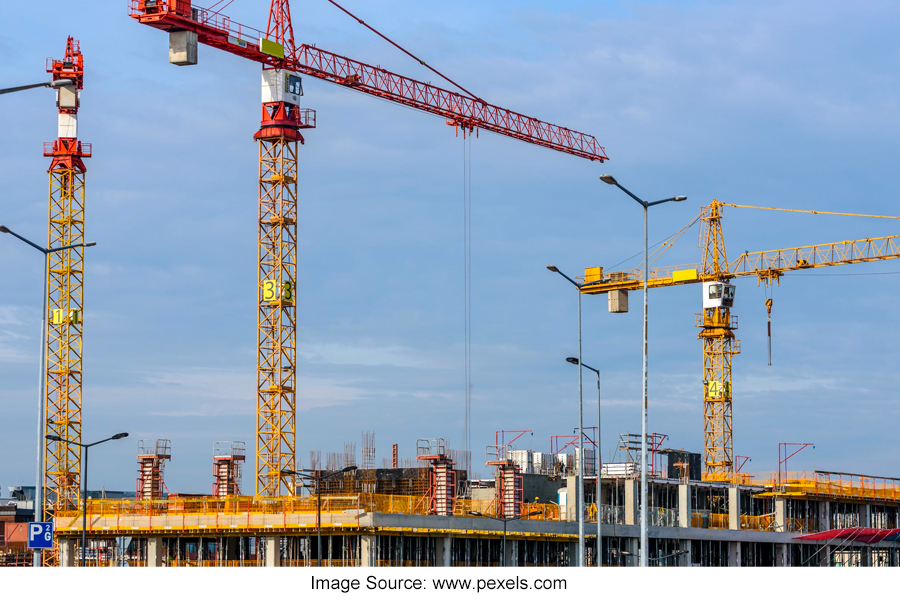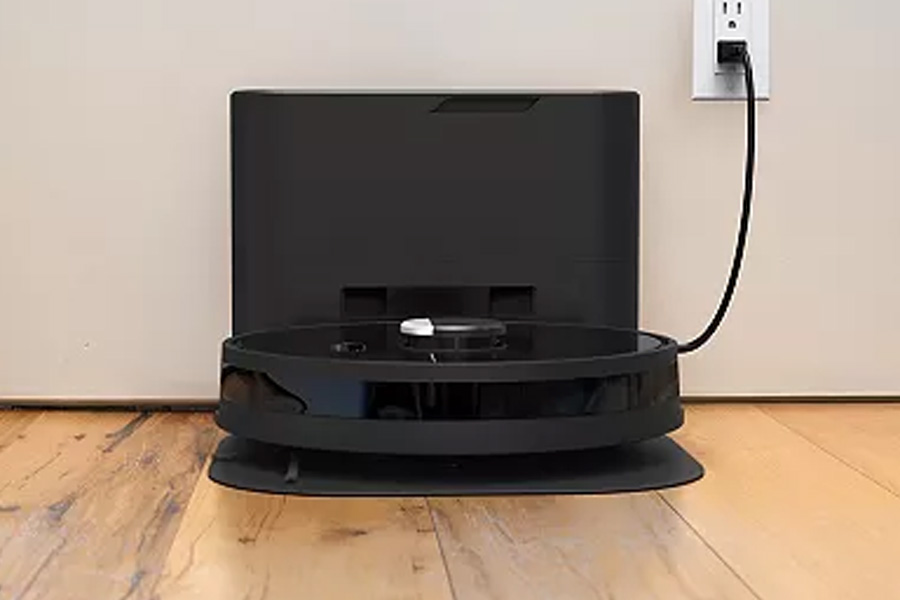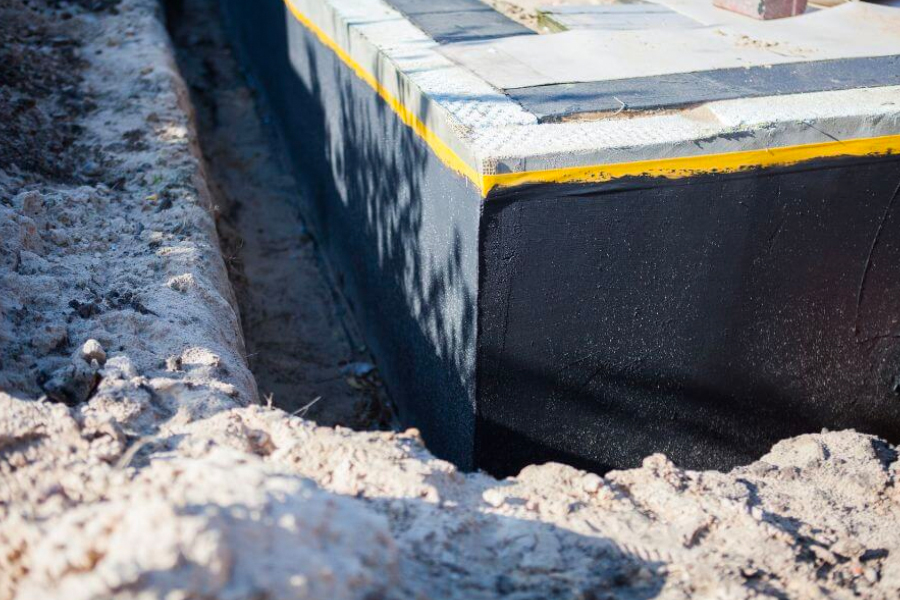Building owners often improve and maintain their properties through renovations and alterations. While this can add value and functionality to a property, building alterations can compromise the fire-resistance properties of fire-rated assemblies.
For example, breaching fire-rated ceilings to install fire alarm cables can void the building component’s fire rating. This action can lead to the spread of smoke and fire through the roof space, which creates an insufficient compartment.
Structural changes like removing and altering fire-rated walls can also compromise its fire rating. Openings made in fire-rated walls or ceilings without proper repairs and sealing can allow fire and smoke to spread rapidly.
Insulation and cladding changes can also affect a building’s fire protection system. Some materials are more fire-resistant than others. Altering these layers can affect the overall fire performance of the structure.
Changes like drilling in walls, adding new electrical systems, or replacing fire-rated doors may disrupt a carefully established fire protection system. The consequences of these alterations can impact the property’s safety and code compliance.
Certain property modifications are allowed as long as they are within the regulations. For instance, NFPA 80, or the Standard for Fire Doors and Other Opening Protectives, enables the installation of protective plates and undercutting with a maximum of three-quarters of an inch on wood or composite doors in a building.
But if unsure about the impact of the planned renovations on the building’s fire safety, it is better to seek the help of a building inspection engineer NJ. They can identify the location of fire-rated components to know which areas cannot be changed without impacting fire safety standards.
A commercial building engineer NJ may also be consulted to prioritize fire stopping on any building modifications that involve penetrations. Building owners can leverage a professional’s expertise to plan changes that also consider maintaining the safety and integrity of the building.
Engineers can collaborate with local building and fire safety authorities to properly execute any alteration aligned with the required protection guidelines. They can provide the needed documentation and technical details demonstrating building code compliance.
For more details about residential or commercial building modifications compliant with regulations, here is an infographic by Lockatong Engineering.





